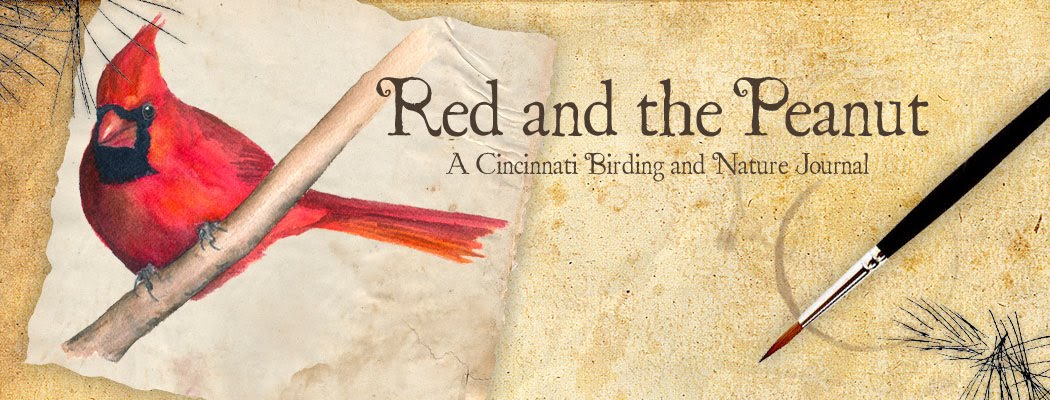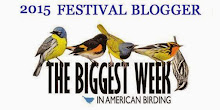How to Make a Ceramic
Pottery Bird Feeder out of Clay
Start with a nice-sized lump of clay. High fire or low fire, it doesn't matter. Your teacher can help you pick out the best clay.
 Step 2: Create the shapes.
Step 2: Create the shapes.
 Step 2: Create the shapes.
Step 2: Create the shapes.
If you can roll out a meatball, you can make a bird feeder out of clay! The shapes are easy to form...a little ball for the head, a big ball for the body, and a roll for the tail.


Step 3: Score the clay.
When you attach one piece of clay to another, you must "score" the surface first. To score the surface, you just rough it up using a clay needle or pencil. Both surfaces need to be scored.
After scoring, you dab water onto the score marks and then stick the two pieces together. Once they are stuck together, form the tail. You do that by using your finger to drag the clay from the end of the tail toward the ball. Use both hands at this time. One to support the tail from falling off and the other to drag the clay. The more clay you move from the tail to the ball, the more stable the tail becomes. In the photo above, Pam (my teacher) is our lovely model. You can see how she is dragging her finger from the tip of the tail toward the body. This is the hardest part. You have to move a good deal of clay!
If you notice, both the tail and the head are attached fairly high on the ball. This makes for a cuter bird, but it also makes it easier to attach the clay.
 Step 6: Add a collar and smooth in the head.
Step 6: Add a collar and smooth in the head.
 Step 6: Add a collar and smooth in the head.
Step 6: Add a collar and smooth in the head.
Roll out a small noodle and wrap it around the top of the bird's head. It helps form the bird's neck. You use the same technique to attach the head as you did the tail...simply drag the clay from the head to the body with your finger.
 Step 7: Add the bill.
Step 7: Add the bill.
 Step 7: Add the bill.
Step 7: Add the bill.
Isn't this this cutest little bill? It's so easy to make. Form a small cone, score it, dab it with water...and squish it on! Voila a cute, cute bill.
 Step 8: Check your form.
Step 8: Check your form.
 Step 8: Check your form.
Step 8: Check your form.
Here is what the bird feeder looks like head on. He's a nice fat bird, and that's what we want. That will leave plenty of room for seeds.
 Step 9: Cut out a wing pattern.
Step 9: Cut out a wing pattern.
 Step 9: Cut out a wing pattern.
Step 9: Cut out a wing pattern.
You can use this photo as your pattern, or you can create your own. Once you cut it out, stick it on the clay.
 Step 10: Trace the wing pattern.
Step 10: Trace the wing pattern.
 Step 10: Trace the wing pattern.
Step 10: Trace the wing pattern.
This is the fun part. Get the clay loop out and scoop, scoop, scoop! You will be surprised how much clay you have to remove. When you get about halfway through, move to the other side and scoop until you can see all the way through! You also should be scooping some of the clay from the top. Clay is very heavy and we want to get rid of some of that upper weight.
 Step 12: Refine.
Step 12: Refine.
 Step 12: Refine.
Step 12: Refine.
Once you're hollowed out, go back and scoop some more. Be careful you don't scoop through the bottom, though. This is a tricky stage. You want to be careful, but not too careful. This is a tiny feeder meant to attract chickadees, but you want to be able to get more than just a small handful of seed in there!
 Step 13. Smooth out.
Step 13. Smooth out.
 Step 13. Smooth out.
Step 13. Smooth out.
Take a wet sponge and smooth out all the hard lines. Scooping with the metal loop leaves a mess. You want to smooth everything out. You can also shape a little, making sure both sides look pretty close (but that really doesn't matter...).
 Step 14: Stand back and admire!
Step 14: Stand back and admire!
 Step 14: Stand back and admire!
Step 14: Stand back and admire!
Does your bird look like a bird? Is he nice and smooth and even? If you notice any imperfections you can fix them now.
 Step 15: Stuff that bird!
Step 15: Stuff that bird!
 Step 15: Stuff that bird!
Step 15: Stuff that bird!
Sounds like Thanksgiving doesn't it? But we're not stuffing this guy with breadcrumbs. Get out plastic (dry cleaning bags are great) and stuff the bird. Clay is pretty heavy and we've hollowed out the middle, disturbing the structural integrity of the form. The plastic will keep the head and tail from weighing down and closing up the hole before it dries.
Step 16: Wait...
It can take up to two weeks for the clay to completely dry, then your teacher will fire your piece. When it comes out, you can glaze it. Your teacher will then fire it again, and it will come out ready for use! Making ceramic pottery bird feeders is a very s-l-o-w process!


Yes...the chickadees love this feeder.
It's nice and small and just their size, but I can't
guarantee they will be the only creatures using it!!!
I hope you find a studio, get out and make this cute feeder. You will have so much fun. Just print out this post, take it with you, show your teacher, and go to town! It makes a great gift too. I've created lots of bird feeder designs over the years. I'll continue to post more "How to make ceramic pottery bird feeders..." over time. I have some really, really cool things for you to make!!! Have fun and get dirty (make sure you wear your old cloths to the studio!).


















